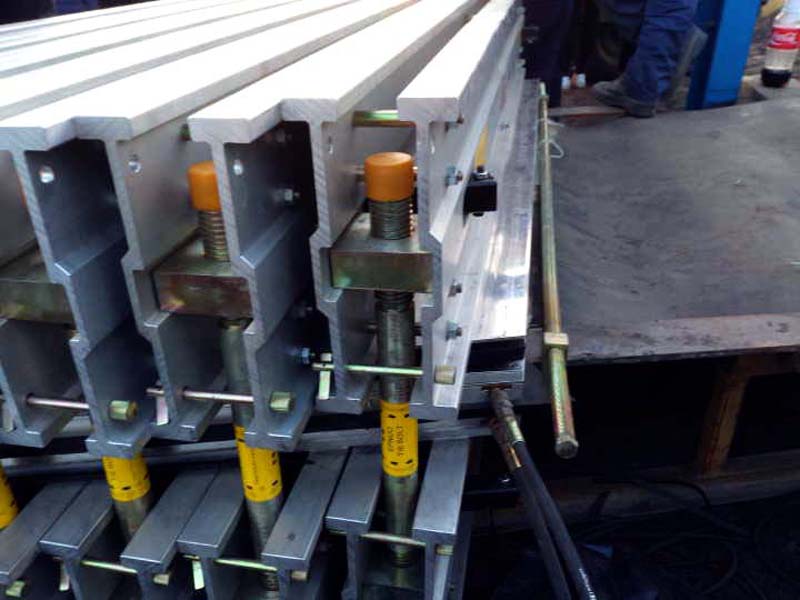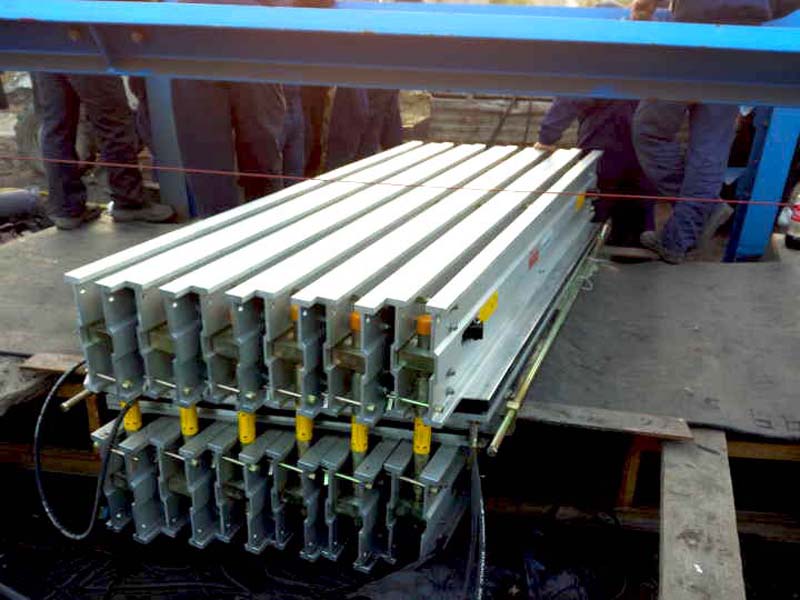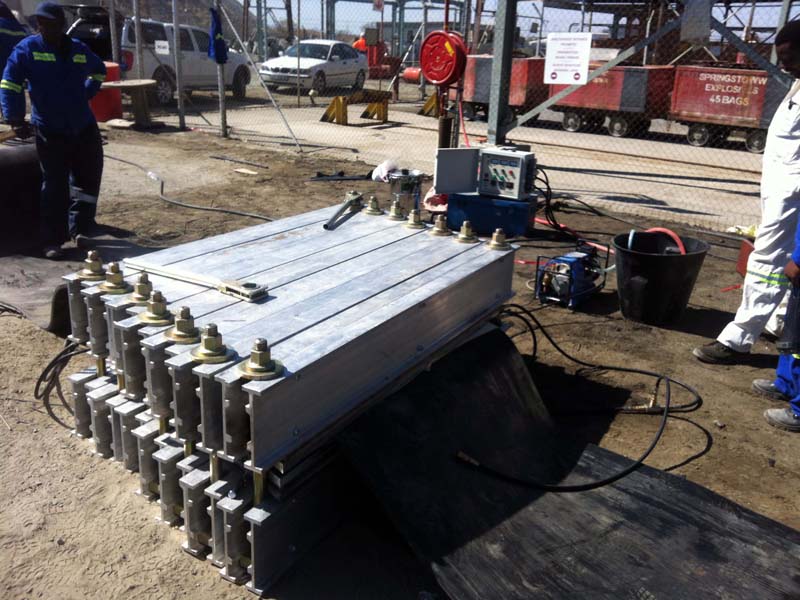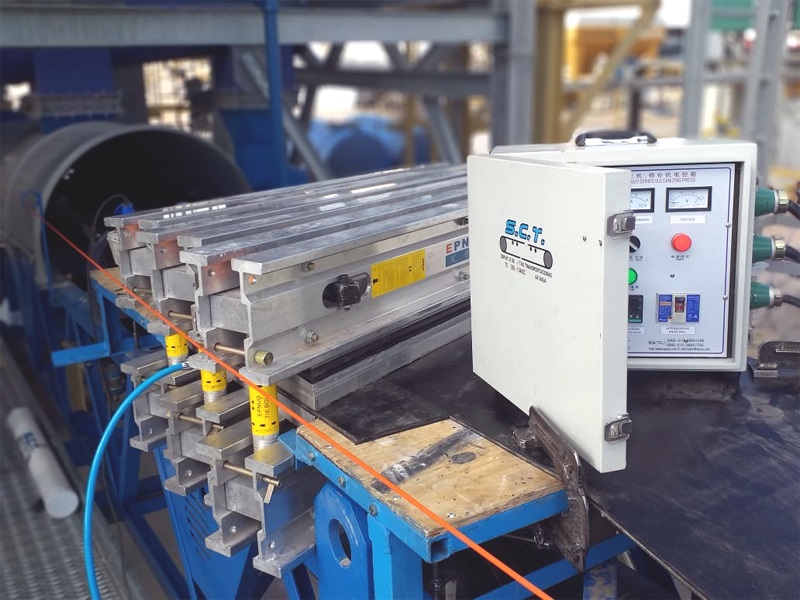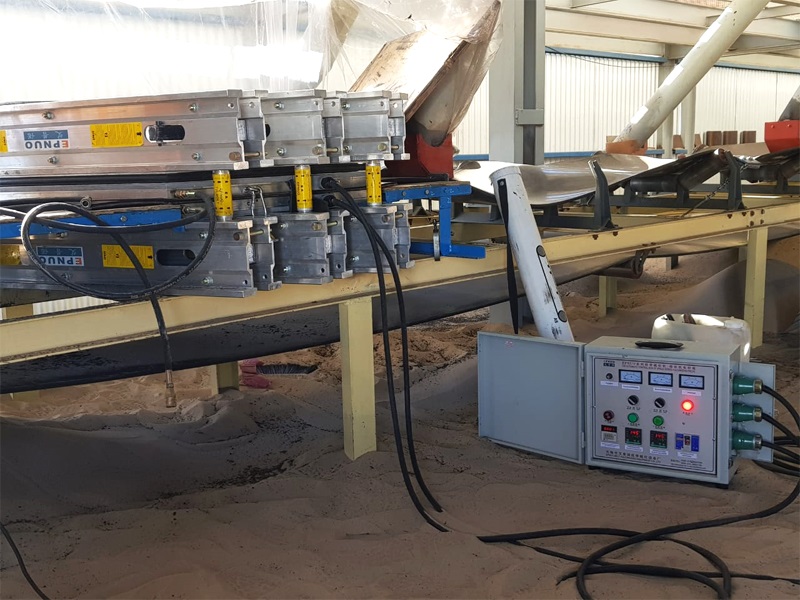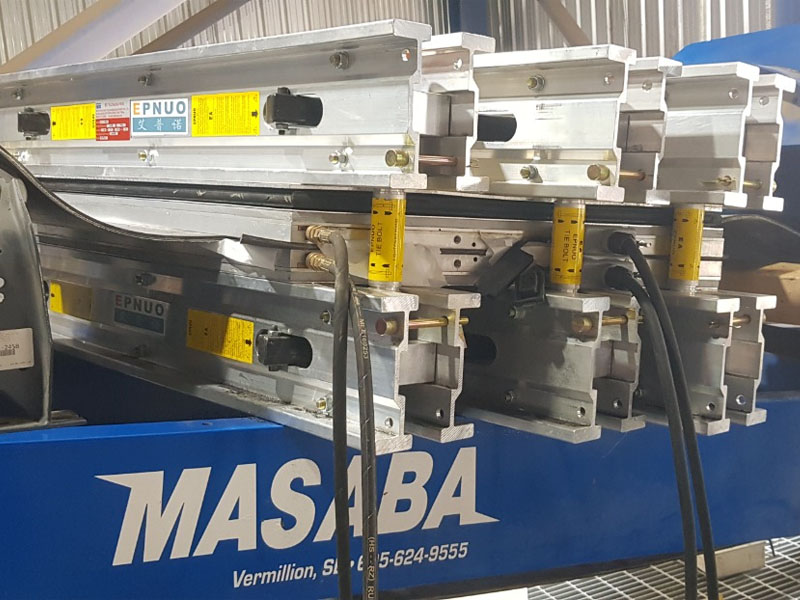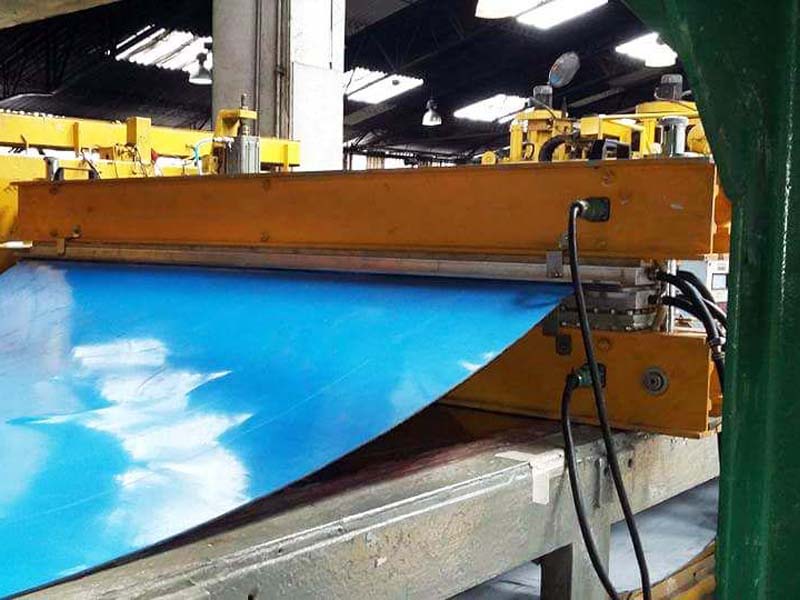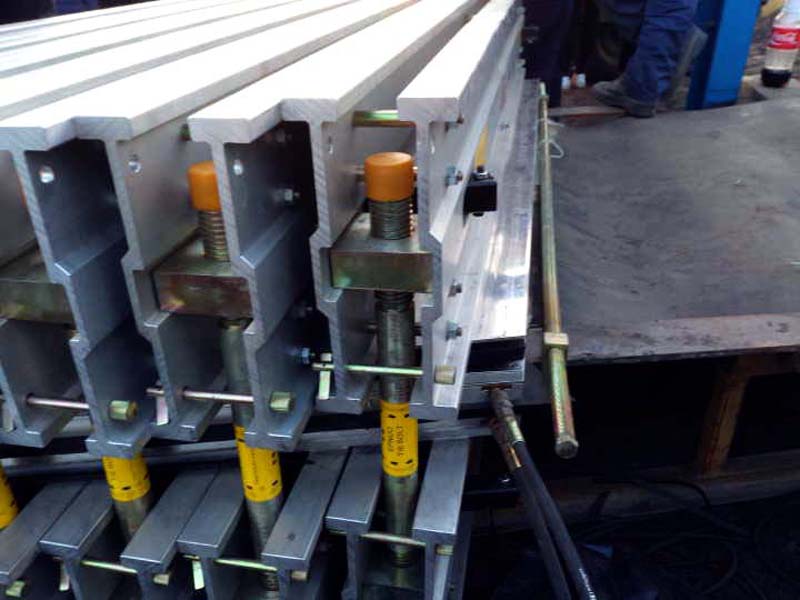What are the main factors affecting the rubber vulcanizer?
Vulcanization is also called crosslinking and curing. Vulcanizing agent, accelerator and other crosslinking additives are added to the rubber. The process of transforming linear macromolecules into three-dimensional network structure under certain temperature and pressure is called vulcanization because sulfur was used to realize the crosslinking of natural rubber in the early stage.
1、 The first factor affecting the vulcanization process of rubber: vulcanization temperature
The temperature of rubber vulcanizer is the basic condition for rubber vulcanization reaction, which directly affects the vulcanization speed of rubber and the quality of products. Like all chemical reactions, the vulcanization reaction accelerates with the increase of temperature, which is easy to generate more low sulfur cross-linking bonds. If the vulcanization temperature is low, the speed is slow, the generation efficiency is low, and more polysulfide cross-linking bonds are generated, The vulcanization temperature is generally applicable to van der Hoff's law, that is, for every 8 ~ 10 increase in temperature (about equivalent to the steam pressure of one gauge pressure), the reaction rate will approximately double; In other words, the reaction time is reduced by about half.
2、 The second factor affecting the process of rubber vulcanizer: vulcanization pressure
Rubber vulcanization pressure is an important factor to ensure the geometric size, structural density and physical machinery of rubber parts. At the same time, it can also ensure that the surface of parts is smooth without defects and meet the sealing requirements of rubber products. The main functions are as follows:
(1) Prevent bubbles in the rubber mixture during vulcanization molding and improve the compactness of the product.
(2) Provide mold filling flow force of rubber material so that the rubber material can fill the whole mold cavity within a specified time.
(3) Improve the adhesion between rubber and clamp and the bending resistance of rubber products.
(4) Improve the physical and mechanical properties of rubber products.
The selection of vulcanization pressure needs to consider several factors, such as the formula of rubber, the structural form of molding die, the type of vulcanization equipment, the structural characteristics of products and so on.
General principles for selection of vulcanization pressure:
(1) If the rubber has low hardness, the pressure should be small. The choice of high hardness is large.
(2) Select small for thin products and large for thick products.
(3) The product has simple structure and small selection. Complex structure and large selection.
(4) Mechanical properties require high selection and low selection.
(5) When the vulcanization temperature is higher, the pressure can be lower. When the temperature is low, the pressure should be high.
3、 The third factor affecting the process of rubber vulcanizer: vulcanization time
Vulcanization time is closely related to vulcanization temperature. In the vulcanization process, when various physical and mechanical properties of vulcanizate reach or approach the optimal point, this degree of vulcanization is called positive vulcanization. The vulcanization time required for positive vulcanization at a certain temperature is called positive vulcanization time, and a certain vulcanization temperature corresponds to a certain positive vulcanization time. When the compound formula and vulcanization temperature are fixed, the vulcanization time determines the vulcanization degree. For rubber products with different sizes and wall thickness, the vulcanization degree is controlled by controlling the vulcanization time. Generally, the larger or thicker the size of the product, the longer the vulcanization time is required.
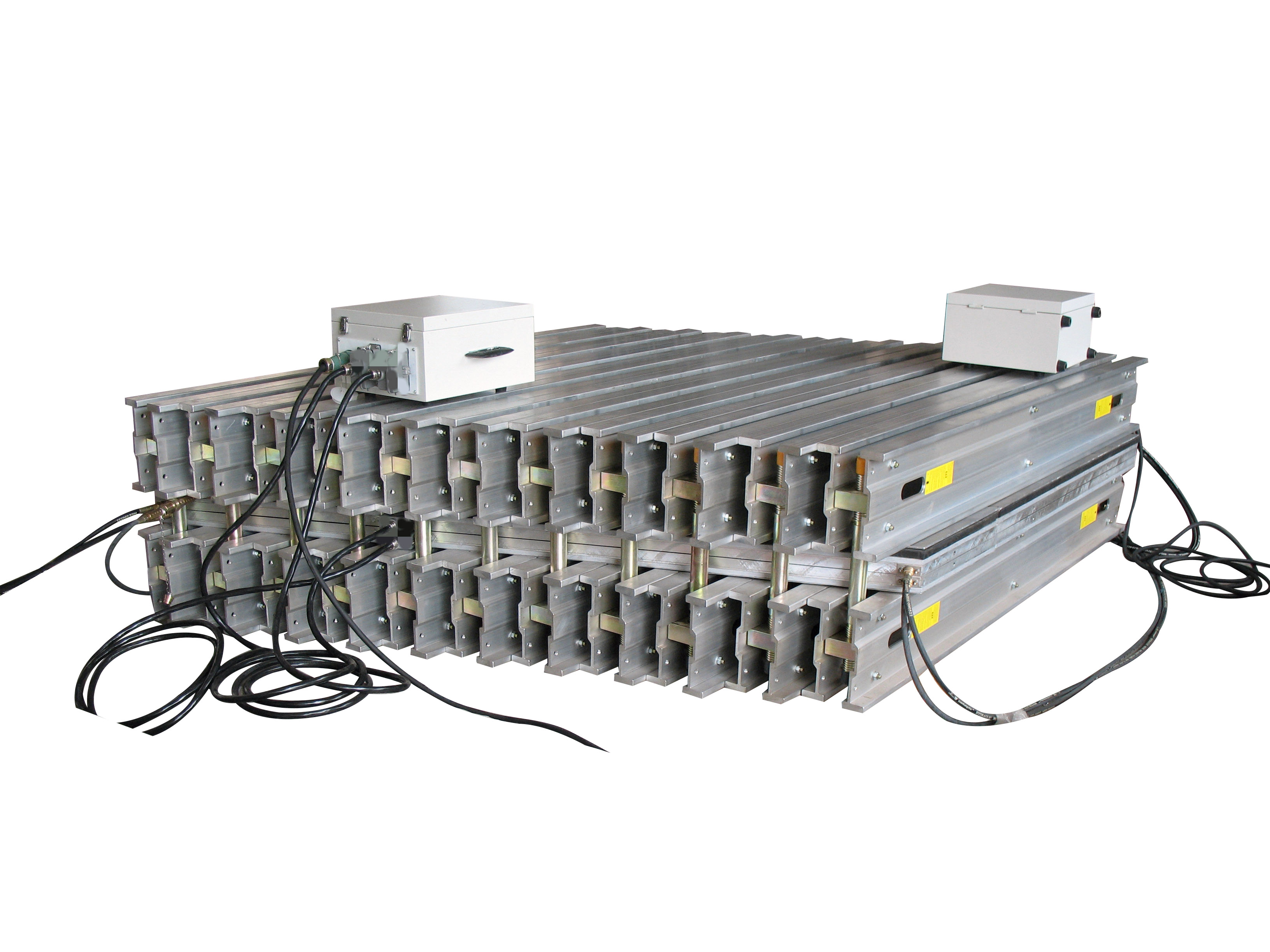

 英语
英语 英语
英语

